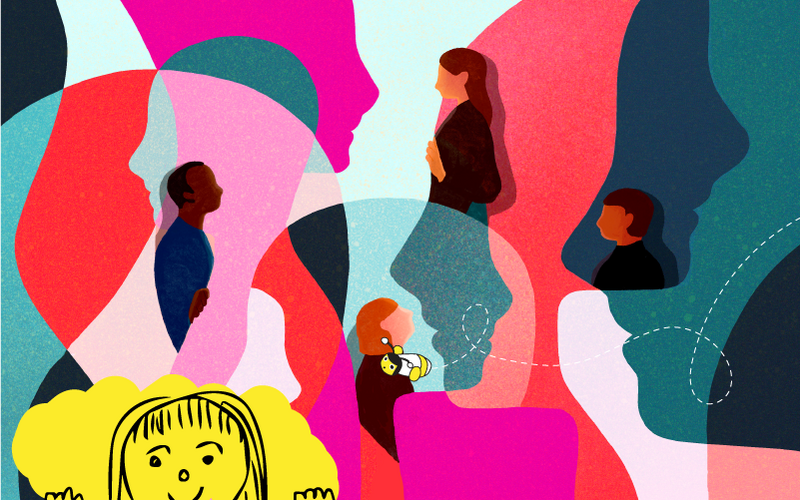Let’s face it – it is difficult enough to ensure you follow diversity and inclusion (D&I) processes when you are recruiting in a candidate-rich market, but it is even more so in a candidate-short market when just filling the role at all is often a tough ask!
Unless you are advertising an entry-level role, merely putting up an advertisement on a job board isn’t going to cut it anymore. Writing ads so that they attract a diverse range of candidates is very effective when candidates are reading the ads, but what happens when they’re not?
Here’s my advice for how to prioritise D&I at a time when good candidates are hard to come by.
Building Diversity and Inclusion into the Recruitment Process
When it comes to championing diversity and inclusion in a competitive market, the way you work with your recruitment partner is crucial. Beyond has been focusing on D&I for a long time now and our strengths include our searching ability and the depth and diversity of our networks. This enables us to reach out to individuals and present opportunities in a way that makes them feel comfortable to apply.
A number of our clients are now insisting on a 50/50 male/female shortlist as their first step in diversity. But how practicable is that in a candidate-short market? It is really important that prospective candidates don’t feel like they are tokens for gender diversity in the interview process. They need to be confident that they have been chosen on merit rather than gender. If this doesn’t happen, there is a risk that others in the organisation will perceive that any failures are due to them being hired for diversity rather than their ability to do the job.
As a female senior manager myself, I would be horrified if others thought my appointment was based on my gender rather than my ability. I would also be against the prospect of people being brought in at a more senior level as a way to increase diversity if they are unlikely to meet expectations and are therefore set up to fail.
Providing the Right Benefits to Attract Diverse Talent
While building a diverse and inclusive environment is an admirable goal, it’s essential to also consider what other advantages your role can offer prospective candidates. Your recruiter can reach out to a diverse range of candidates, however, for this to be effective, you still need to be actively finding ways to attract diverse talent. This is what will allow you to reach the widest pool of skilled people available.
This could include:
- Salary/hourly rate level that is in line with or better than the market rate
- Training and growth opportunities within the team and organisation
- An attractive culture that embraces diversity
- A manager who is invested in and supportive of their team
- The “feel good” factor in working for an organisation that works for the good of New Zealanders
Additionally, for D&I to be successful, your organisation must have the right systems and processes in place to ensure that you truly can support individuals who bring diversity to your team. This includes specific groups that aid diversity, as well as structured support for those who have gaps in their skills and experience and will need time to develop into the role.
Keeping it Realistic
No matter how good your intentions are, it’s often not possible to be completely diverse when hiring. With roles that are particularly candidate-short (for example, positions in IT or other extremely technical spaces), there may only be one or two people available who have the right skills and are open to moving into a new role.
In this case, no matter how much we reach out to candidates and ensure diversity in our searching/attraction techniques, we would be unable to provide a diverse shortlist. Being pragmatic in these situations is highly important, but every effort you can realistically make to focus on D&I within your organisation matters.
In Closing
Here at Beyond Recruitment, diversity and inclusion is an area that we are constantly striving to learn more about, and improve how we integrate it into our processes.
I’m always keen to gain an understanding of how different organisations are integrating D&I into their processes in a genuine and authentic way. If you’d like more advice on equitable recruitment practices or to share how your company is tackling these challenges, feel free to reach out and let’s catch up over a coffee!





